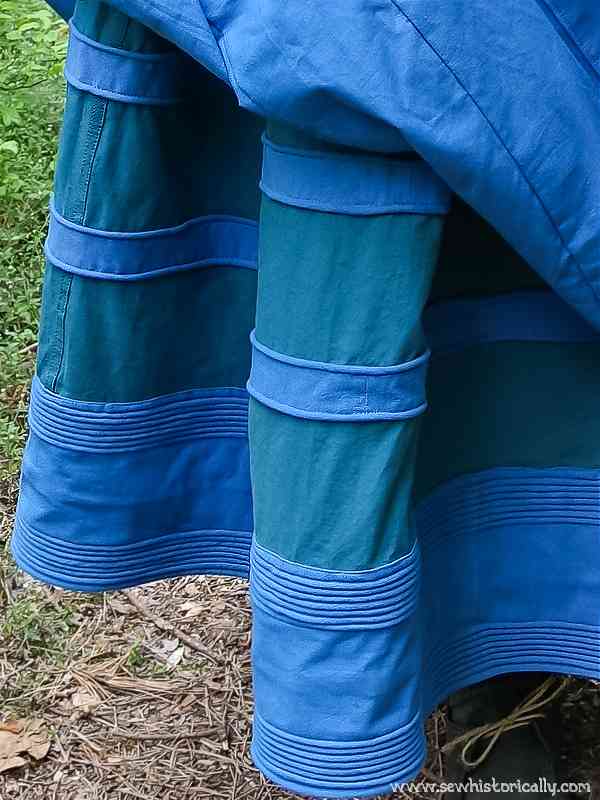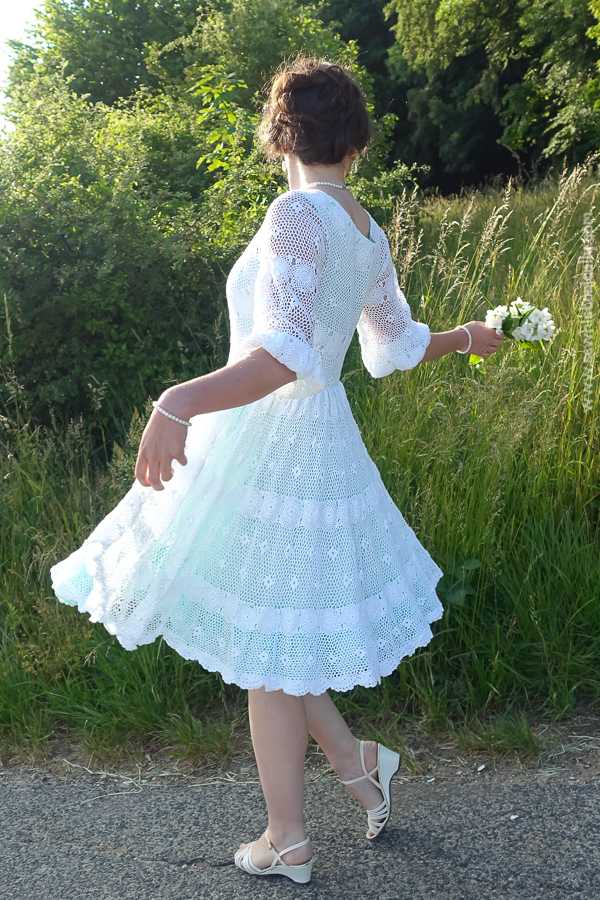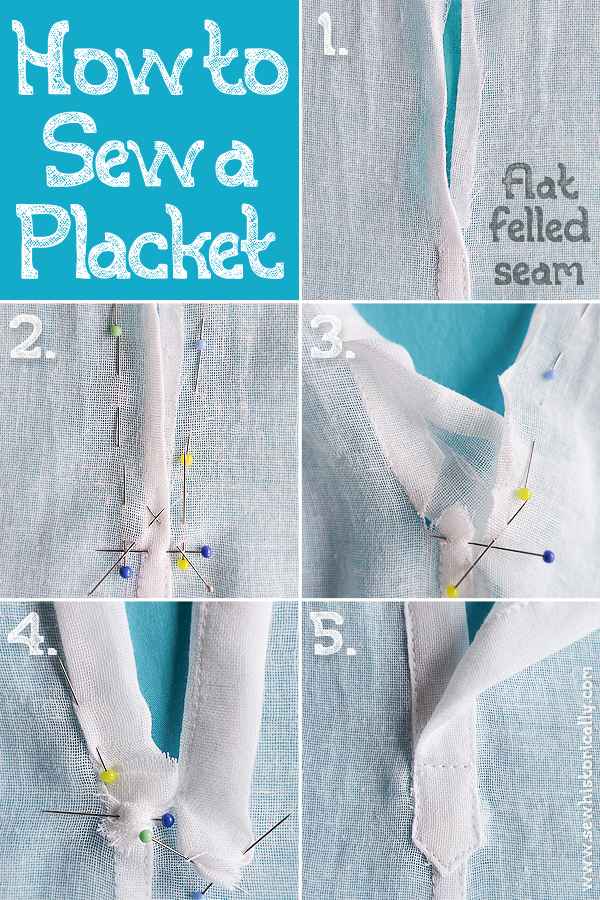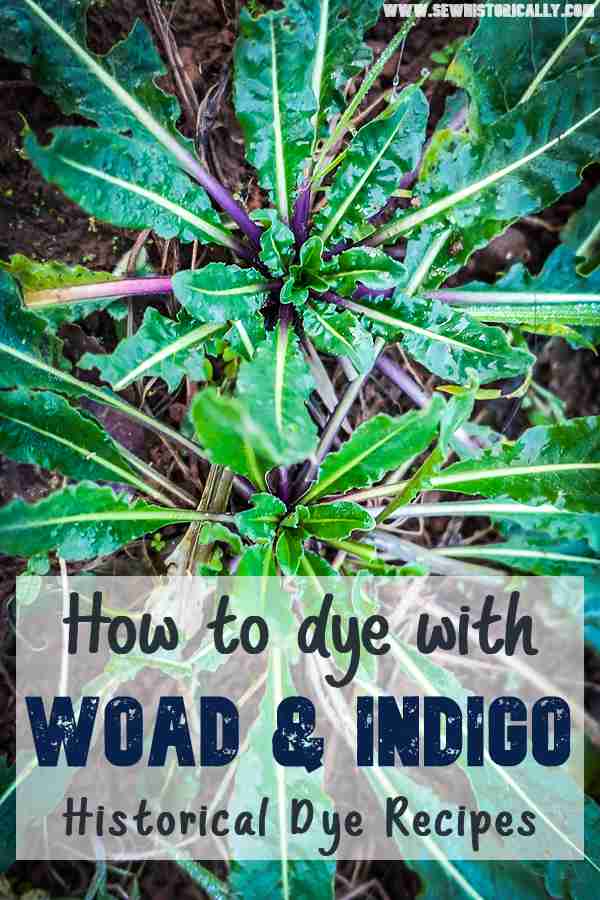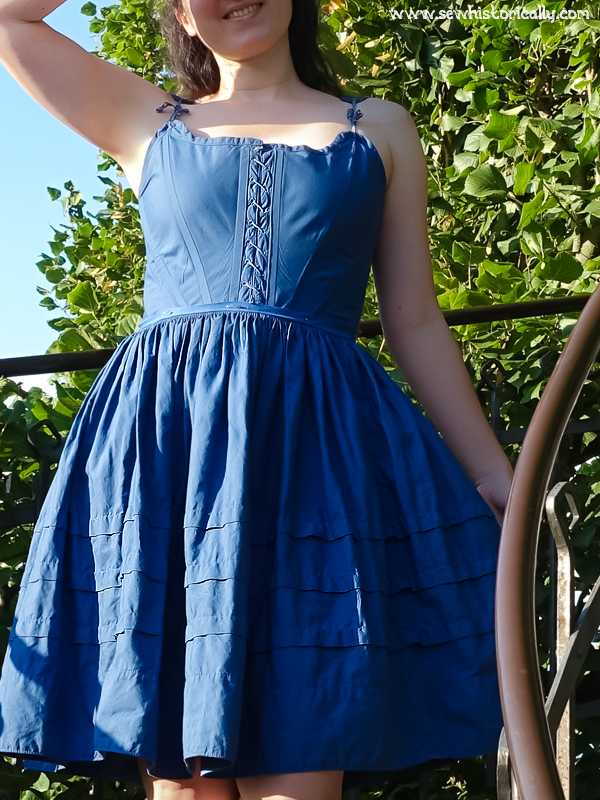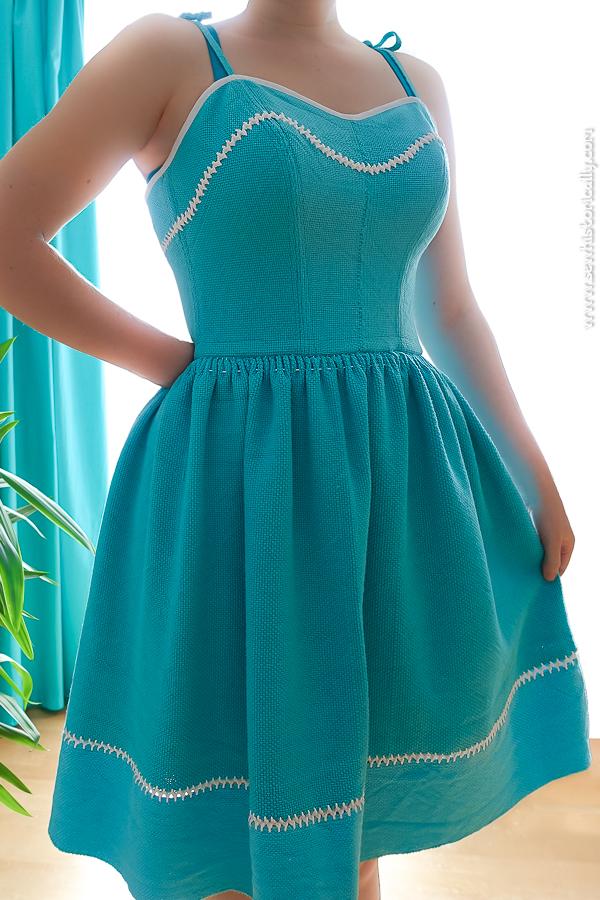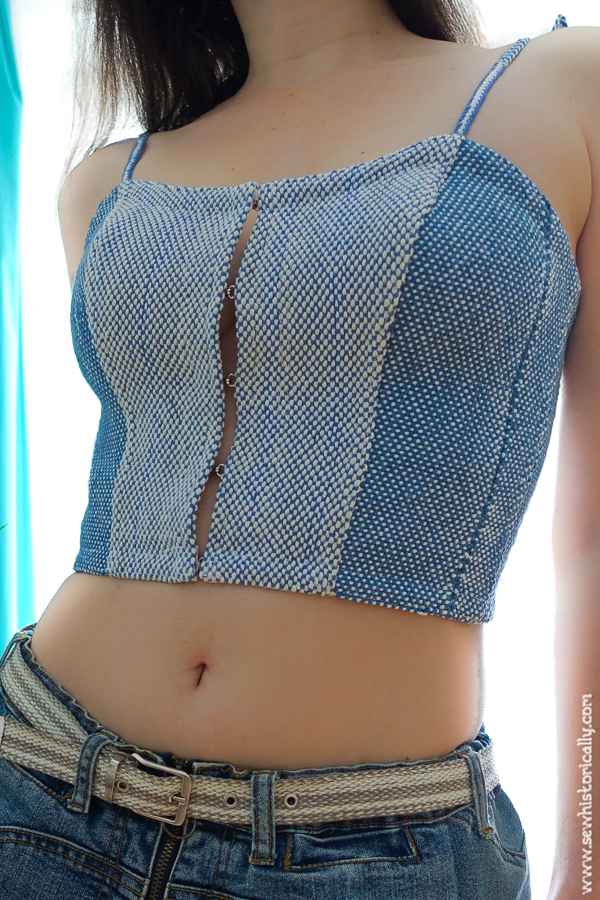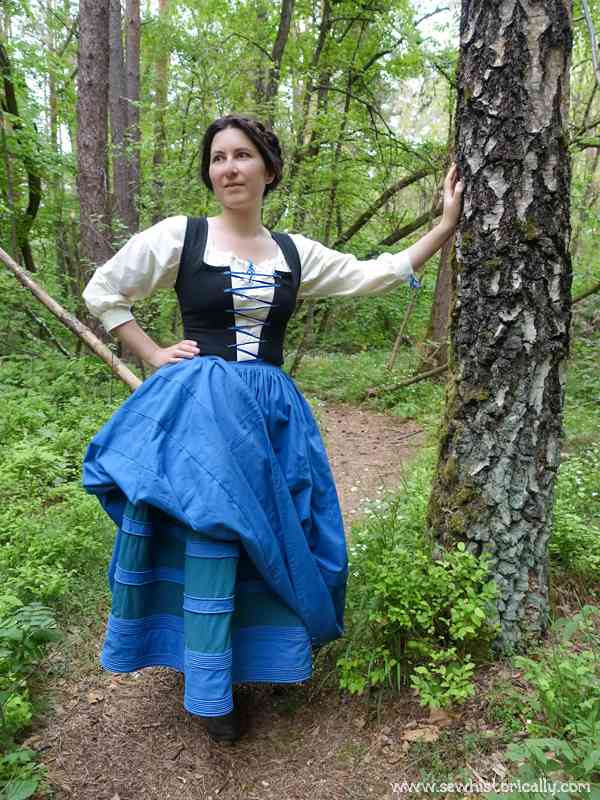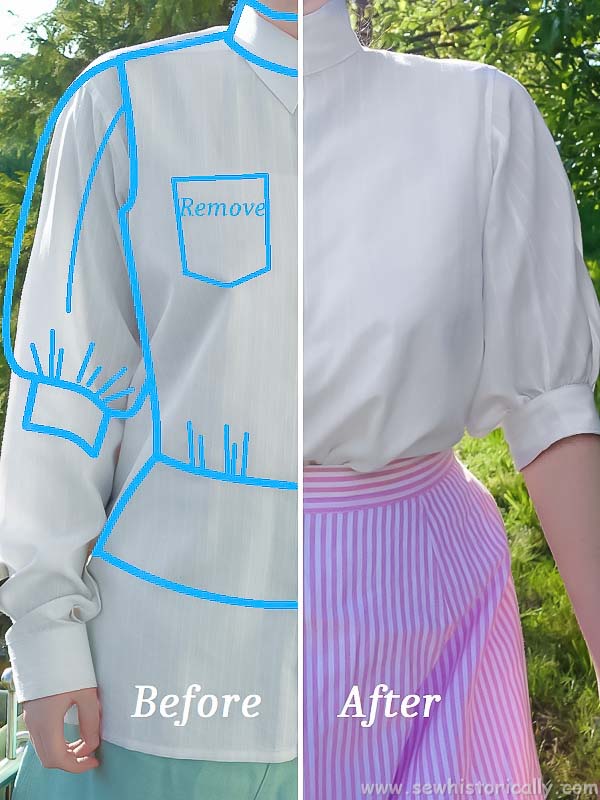
Learn how to refashion your old clothes! Refashioning is perfect if you want to be more eco-friendly in your sewing and make creative, unique garments! And if you’re a sewing beginner, you can learn a lot about how clothes are made by refashioning your old clothes. Below are 10 tips on how to refashion your clothes if you’re just getting started with refashioning. 😀 Continue reading 10 Tips On How To Refashion Your Clothes – Beginner’s Guide
